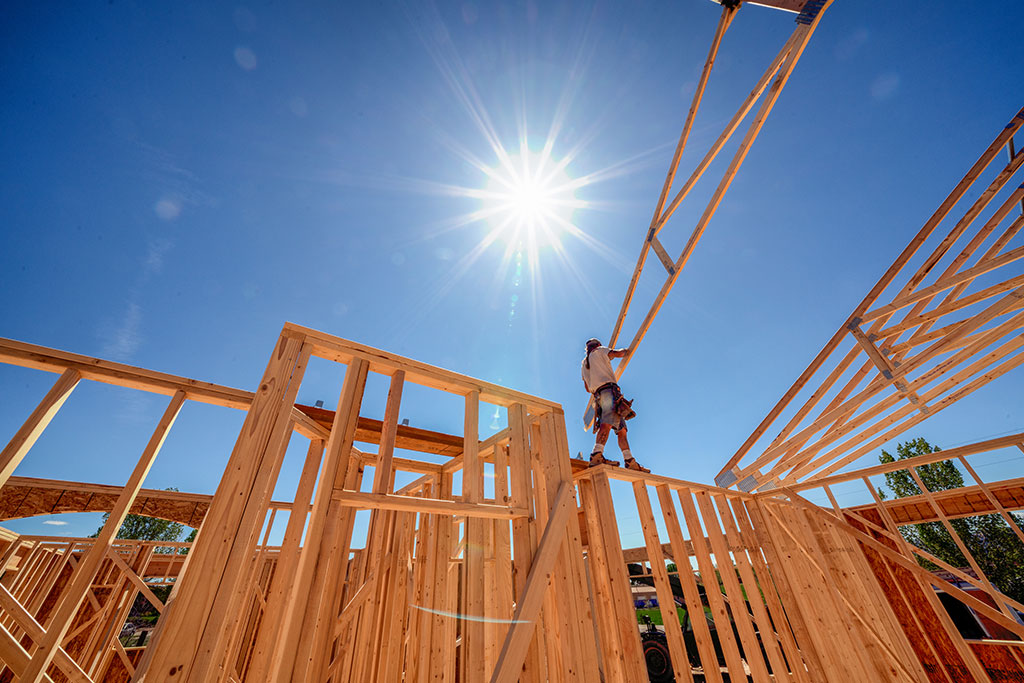
The Housing Market 2008 vs. Today: What’s the Difference?
Housing in 2008 vs. 2020
If you’re looking to buy a house in 2020, you may be worried about the housing market collapsing like it did in 2008. It’s important to remember that, like the stock market, a healthy housing market won’t always remain the same. It moves through cycles: recovery after a recession, expansion as the economy rebuilds, extra supply as more houses go on sale, and recession as the market declines.
That’s good news for people looking to buy a new home or sell their old home this year. No matter what the housing market is like now, the phase will eventually pass. But if you need more convincing, let’s take a look at how the 2008 housing collapse is very different from today’s real estate market.
The stock market and housing market of 2008
Why was the Great Recession of 2008 so devastating? How did it happen?
In the late 1990s, there was unprecedented growth in subprime mortgages, which are mortgages targeted at borrowers with lower credit and savings than lenders usually require. Government-sponsored mortgage lenders like Fannie Mae and Freddie Mac made home loans accessible for Americans who dreamed of owning a home.
But these subprime mortgages had consequences. Financial firms sold these subprime loans in groups, known as mortgage-backed securities (MBS), to investors, who usually benefit from the premiums and interest payments on each mortgage. However, as housing prices began to fall and homeowners began defaulting on their mortgages, the subprime lending market was in trouble.
The stock market collapsed, the economy lost hundreds of thousands of jobs, and the Great Recession ensued. Following the Great Recession in 2008, the United States went through a period of economic expansion… for an astounding decade. The economy moves in cycles and, based on historical data, we were due (overdue, in fact) for a downturn in the stock market and the housing market as we entered 2020. Even though an economic recession was expected, that doesn’t mean the housing market will suffer like it did in 2008.
There’s also one key difference about this recession: it was triggered by and coincides with a global pandemic.
Housing markets and pandemics
Zillow recently conducted a study on housing during past pandemics like the 1918 flu and the 2003 SARS outbreak. Home sales saw a sharp decline, but home prices dipped only slightly, or stayed about the same. Home prices also bounced back quickly when the pandemic was over. Compare that to a standard recession, where economic activity both fell and recovered slowly. Historical data shows that an event like a global pandemic may just put the housing market on pause rather than completely disrupt it.
Don’t forget that housing markets are local issues, too. The housing market in Colorado will not be the same as the housing market in New York or Texas. The economic impact of the coronavirus pandemic, stay-at-home restrictions, how the market was pre-pandemic: these are all factors that will affect the future housing market locally.
Slashed interest rates and lender requirements
What about those subprime mortgages that allowed so many people to qualify for home buying in 2008? The standards have changed. Most conventional loans now require a down payment. Option adjustable-rate mortgages (ARMs), which allow borrowers to choose from different payment options each month, were eliminated in 2014. Lenders rely on credit scores more heavily today.
You might have seen that emergency interest rates have been slashed in the wake of COVID-19, but that doesn’t mean the requirements for a loan have eased. Tightened requirements may make it harder for individuals to buy homes now compared to 2008, but it’s an effort to protect the housing market from another collapse. That, in turn, protects new home buyers who are worried about being “underwater” on their brand new mortgage if the market takes another tip.
Buying a house in 2020: Yay or nay?
The housing market has obviously been affected by COVID-19, but that does not make this market dip similar to the housing crisis of 2008. Other economic factors in 2020 are very different from how they were in 2008. Plus, Zillow has reported that some cities have seen web traffic on for-sale listings return to normal levels already, showing that the demand for housing is still there. Some realtors and new home communities are also making virtual tours possible, which makes shopping for a home possible even in a pandemic.
Another bonus to home buying in 2020? You have a better idea of what you want from a home. After spending the past few months in quarantine, you may realize you want a flexible space to use as a home office (especially if you’re still working from home), a balcony to get fresh air, upgraded appliances, or plenty of storage. Proximity to outdoor spaces as well as basic necessities is also important for many of us.
When you’re ready to buy a home, West Line Village is here
If you’re contemplating a home purchase in Colorado and want to live in a spacious neighborhood just outside of downtown Denver, consider West Line Village. With easy access to the city as well as the mountains, our Lakewood townhome community offers floor plans to suit your needs.
Want to check out West Line Village for yourself? Take a virtual live tour of a townhome or contact us for an appointment today.